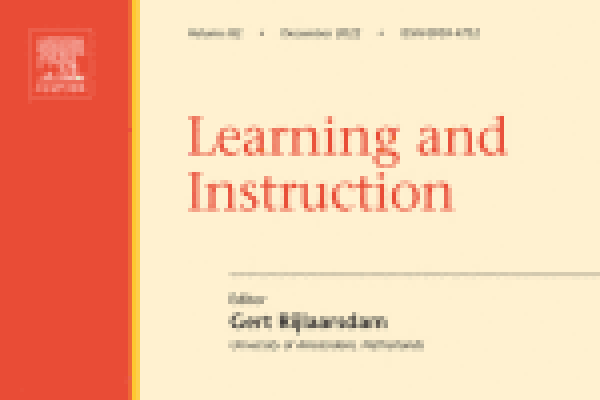
Schuster, C., Stebner, F., Geukes, S., Jansen, M., Leutner, D. & Wirth, J. (2023)
Learning and Instruction, 83, 101708.
Promoting student competence in self-regulated learning is a vital goal for schools, especially in the context of lifelong learning. Preparing students for postschool educational and occupational careers includes helping them acquire not just cognitive learning strategies (CLSs) but also metacognitive learning strategies
(MLSs), as well as the ability to transfer these strategies to different domains. Research on direct learning strategy training has shown that explicit teaching can foster the use of MLSs. Furthermore, students in some studies used MLSs to deal with learning tasks that were structurally similar to training tasks that they had worked on in strategy training (near transfer). However, evidence that students apply MLSs in learning tasks that are structurally dissimilar to training tasks is scarce. One option to foster near as well as far transfer of MLSs might be to supplement direct training with indirect training. Whereas in direct training learning strategies are taught explicitly, in indirect training the learning environment is designed to trigger the application of known learning strategies and help learners transfer strategies between contexts. A combination of direct and indirect training supports students in learning MLSs and applying the learned strategies in different settings. However, little research on learning strategy training that combines direct and indirect training is available. The purpose of this cluster randomized controlled study was to test whether a combined training approach fosters near as well as far transfer of MLSs compared with direct-only training and a control condition.
Schuster, C., Stebner, F., Geukes, S., Jansen, M., Leutner, D. & Wirth, J. (2023)
Learning and Instruction, 83, 101708.
Promoting student competence in self-regulated learning is a vital goal for schools, especially in the context of lifelong learning. Preparing students for postschool educational and occupational careers includes helping them acquire not just cognitive learning strategies (CLSs) but also metacognitive learning strategies
(MLSs), as well as the ability to transfer these strategies to different domains. Research on direct learning strategy training has shown that explicit teaching can foster the use of MLSs. Furthermore, students in some studies used MLSs to deal with learning tasks that were structurally similar to training tasks that they had worked on in strategy training (near transfer). However, evidence that students apply MLSs in learning tasks that are structurally dissimilar to training tasks is scarce. One option to foster near as well as far transfer of MLSs might be to supplement direct training with indirect training. Whereas in direct training learning strategies are taught explicitly, in indirect training the learning environment is designed to trigger the application of known learning strategies and help learners transfer strategies between contexts. A combination of direct and indirect training supports students in learning MLSs and applying the learned strategies in different settings. However, little research on learning strategy training that combines direct and indirect training is available. The purpose of this cluster randomized controlled study was to test whether a combined training approach fosters near as well as far transfer of MLSs compared with direct-only training and a control condition.